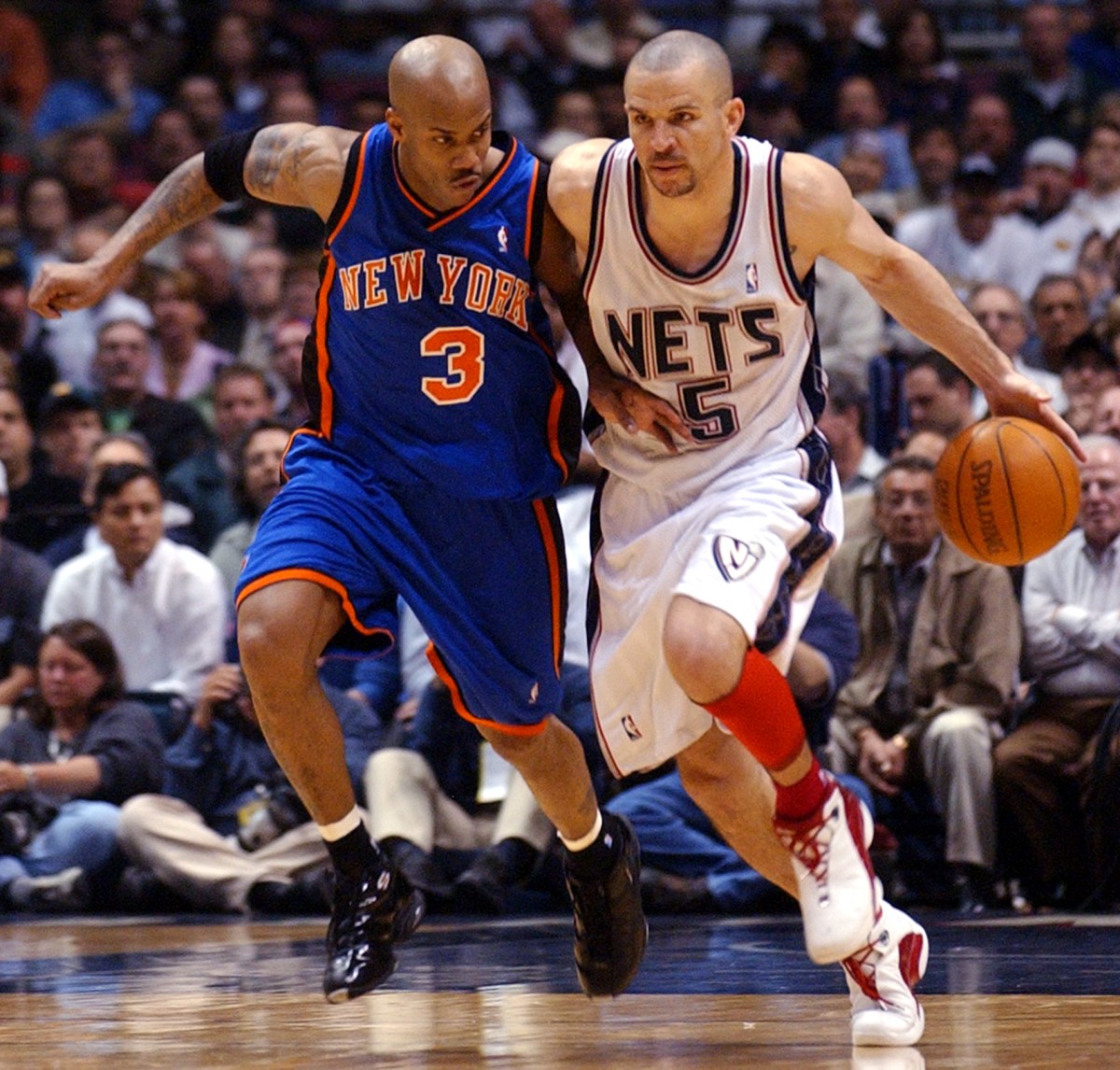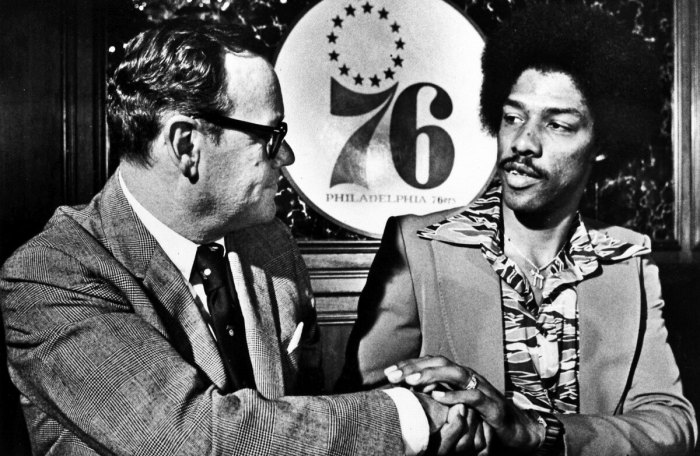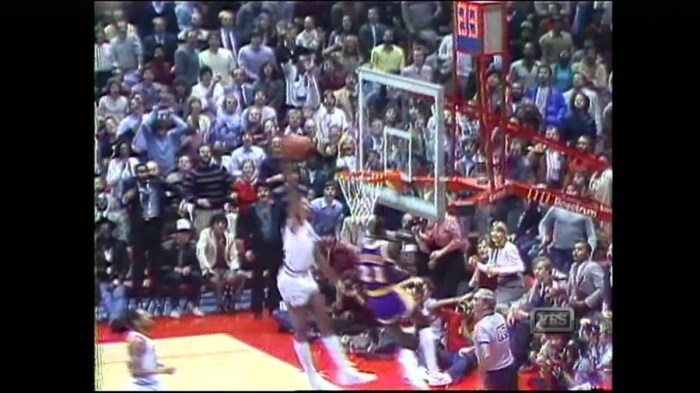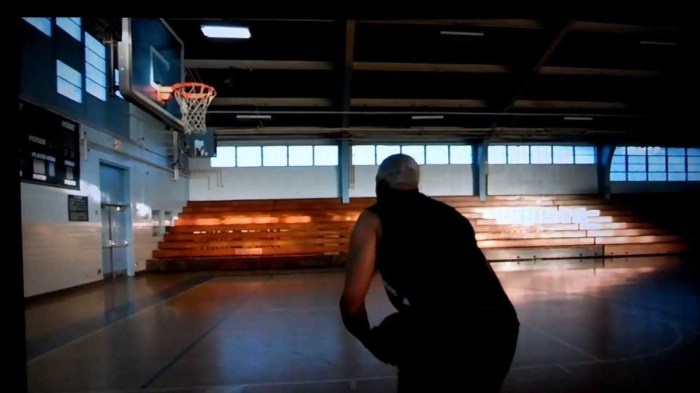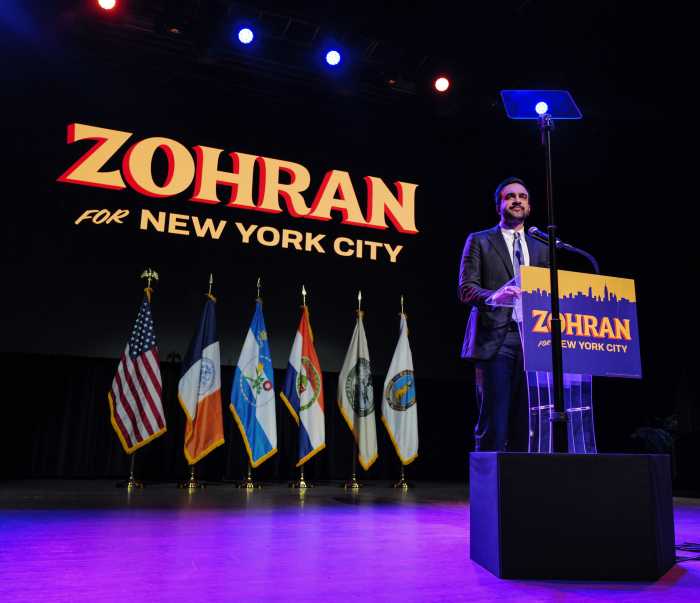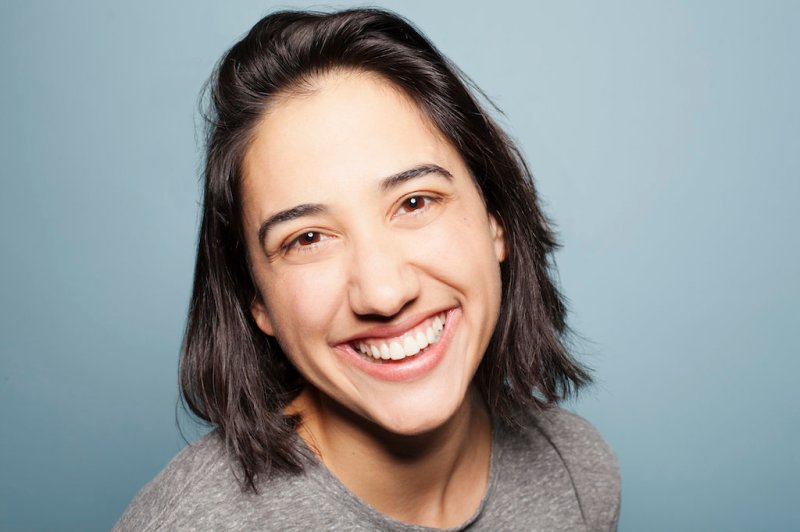The 90s: what could have been
The 1990s should have been the decade where the Knicks-Nets rivalry finally came into its own. After hiring Pat Riley as a head coach in 1991, the Knicks were positioned as the Chicago Bulls’ top rival in the Eastern Conference, taking them to the brink in the Eastern Conference Semifinals in the Spring of 1992. With Patrick Ewing and a core of defensive-minded role players like John Starks, Charles Oakley, Anthony Mason and Charles Smith, the Knicks were poised to continue as the “Big Brother” across the Hudson.
But the Nets were undergoing a renaissance of their own. The organization hired its own NBA Championship coach in Chuck Daly in 1992. After a couple of miserable seasons, the team turned two first round picks into potential perennial all-stars in Derrick Coleman and Kenny Anderson. And then of course there was Drazen Petrovic, a shooting guard from Croatia languishing on the bench in Portland who blossomed into a legit star once he was giving the chance to start for New Jersey.
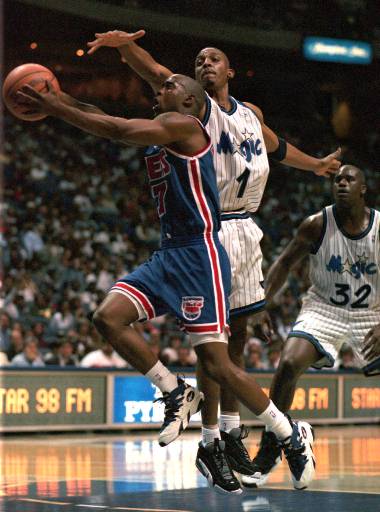
And still, the Nets gave the Knicks one last punch. During the 93-94 season, which was most notable for being the season following Michael Jordan’s first retirement (thus giving self-entitled Knicks fans expectations of having a clear path to the NBA Finals later that Spring), the Nets shockingly took 4 of 5 regular season match-ups against the Knicks including one game at the “Mecca,” Madison Square Garden, where Jersey never was able to win. By the time the playoff seeding had been set, it was Knicks-Nets in the first round. Maybe it wouldn’t be New York’s birthright to make the Finals that season.
And yet the Nets disappointed once again (for more, see the Knicks-Nets playoffs post). From there, the team went into a downward spiral. Daly resigned. Coleman and Anderson whoop-de-damn-dooed themselves into an exit stage left, Anderson to Charlotte and Coleman to Philadelphia. The Nets tried to pick up the pieces with the likes of Shawn Bradley and Kendall Gill. They notoriously drafted Kerry Kittles (granted a fan favorite) instead of Kobe Bryant (a certain Hall of Famer and top 10 of all-time player). And of course, they weren’t successful. After two terrible years with coach Butch Beard, who was best known for his stunning Perry Ellis suits, the Nets turned to a first-time Pro coach, a notorious sparkplug from UMASS, John Calipari.
It was never smooth sailing for Calipari, who was frequently at odds with his star players, most notably F/C Jayson Williams, the last holdout from the team’s pseudo “glory years” in the early 90s. Yet, the team did surprise and sneak into the playoffs during the 97-98 season as the 8th seed. During the regular season, the Nets held serve against the Knicks, winning 2 of 4, both in New Jersey. In a must-win matchup for the Nets in April, Jersey won 97-94 with the help of 30 points from PG Sam Cassell and 25 points from Keith Van Horn.
But the Nets tanked again the following season during the lockout shortened 1999 campaign, and the Knicks got hot at the right time, making it all the way to the NBA Finals from the 8th seed, before crashing and burning against a superior San Antonio Spurs. But fortunes were set to change. Ewing was getting older and his absence from the 1999 playoff run due to injury coined the Bill Simmons’ “Ewing Theory,” where a team plays better without its superstar. The Knicks would have some instability of their own to deal with…
Next: Nets-Knicks face off in ’94
Sign up for daily updates through our new free The Brooklyn Game newsletter.

